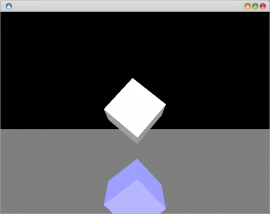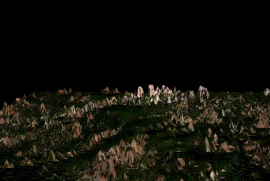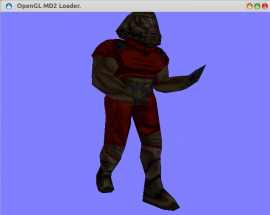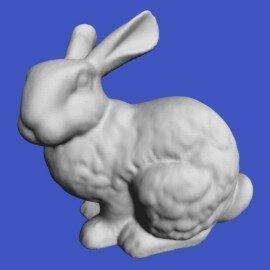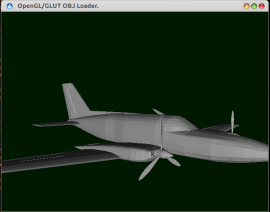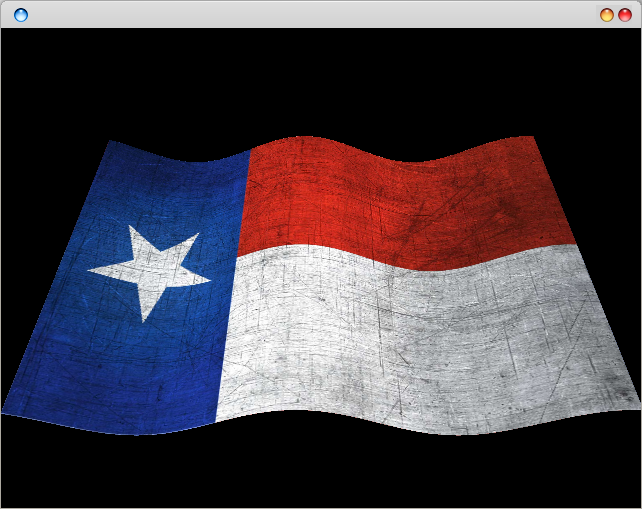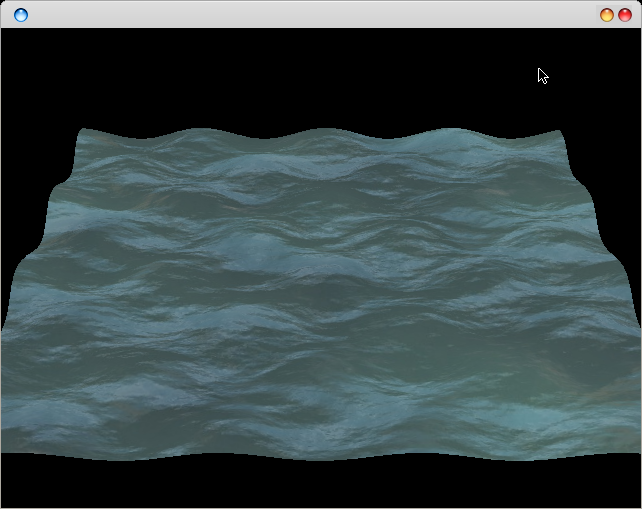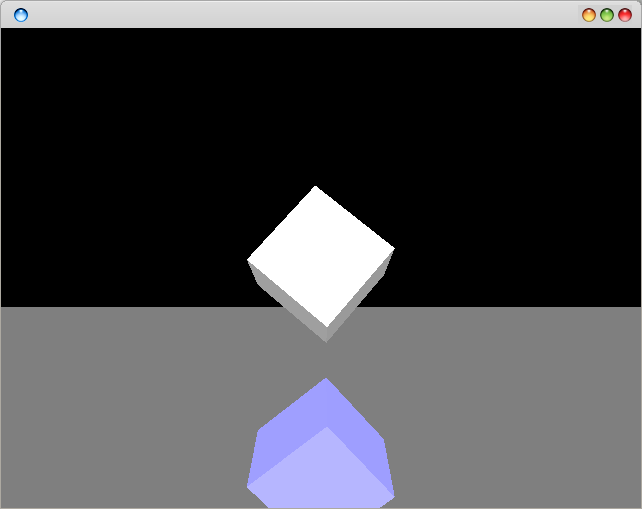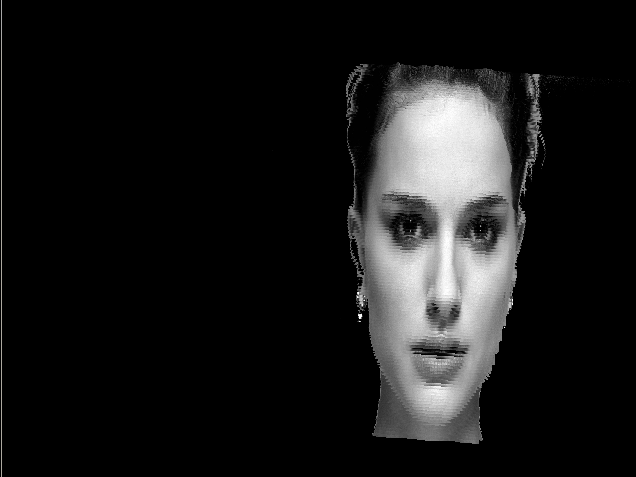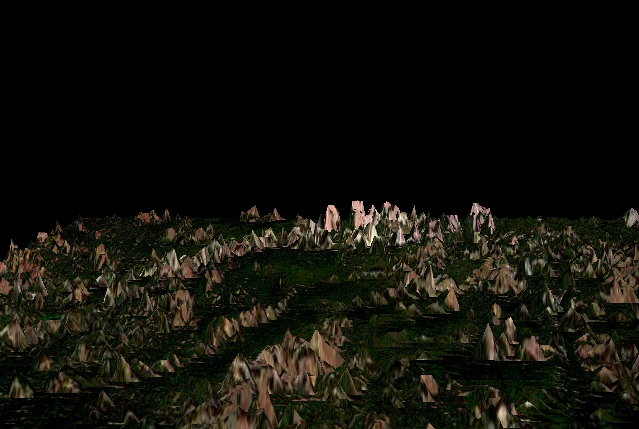With the newer versions of OpenGL we are able to manipulate the OpenGL Rendering Pipeline. This gives a lot of power to the developers to do graphical manipulations and visual effects. So far we have used the classical method to display 3D graphics.This (simplified) OpenGL pipeline is: Essentially...
Continue reading »
September 27, 2014 admin Advanced
With the newer versions of OpenGL we are able to manipulate the OpenGL Rendering Pipeline. This gives a lot of power to the developers to do graphical manipulations and visual effects. So far we have used the classical method to display 3D graphics.This (simplified) OpenGL pipeline is: Essentially...
Continue reading »
September 26, 2014 admin Advanced
The reflection effect is very easy to create in OpenGL, but at the same time it is a very cool effect. Creating reflection in OpenGL can be done simply by drawing the exact same scene twice, once in the positive and once in the negative direction. We can...
Continue reading »
September 24, 2014 admin Easy
We can generate 3D faces from 2D flat images. Using OpenGL this can be challenging, after all it is not a lot more than a primitive triangle rendering API. The technique we will use in this tutorial is very similar, if not nearly identical, to terrain generation in our previous tutorial....
Continue reading »
September 21, 2014 admin Intermediate
In this tutorial we will render terrains. Essentially a terrain is a complex 3d model. It conists of vertexes, faces, texture coordinates, normal vectors etc. Al though it is possible to load complete models such as Wavefront OBJ models, it is generally better to dynamically generate them. First, we...
Continue reading »
September 20, 2014 admin Intermediate
In this tutorial we will demonstrate how to load Quake II models. The video game was released around 1997-1999, so models might be hard to find. You can however use/buy the original game. If you search a lot, you may also find some models online. Quake II models...
Continue reading »
September 17, 2014 admin Uncategorized
Stanford PLY 3D models are similiar to Wavefront OBJs. Both are static objects. However, models stored in the PLY format are generally in binary format (e.g. unreadable with a normal text editor), but an ascii version of the format also exists. The files themselves store vertexes and faces. If you...
Continue reading »
September 17, 2014 admin Uncategorized
In this tutorial we will load Wavefront OBJ 3D models. These models are static models (e.g. the model itself does not have any movement definition). You can get a set of example models here : http://people.sc.fsu.edu/~jburkardt/data/obj/obj.html Remember to triangulate them in Blender or another 3d editing program. Every OBJ...
Continue reading »
September 17, 2014 admin Uncategorized
In this tutorial we’ll look into custom image formats. Al though you can get away with most of the image formats provided by an additional library, at some point you may want to load a custom format. Proprietary video games often have their own custom image formats. In...
Continue reading »
September 17, 2014 admin Uncategorized


